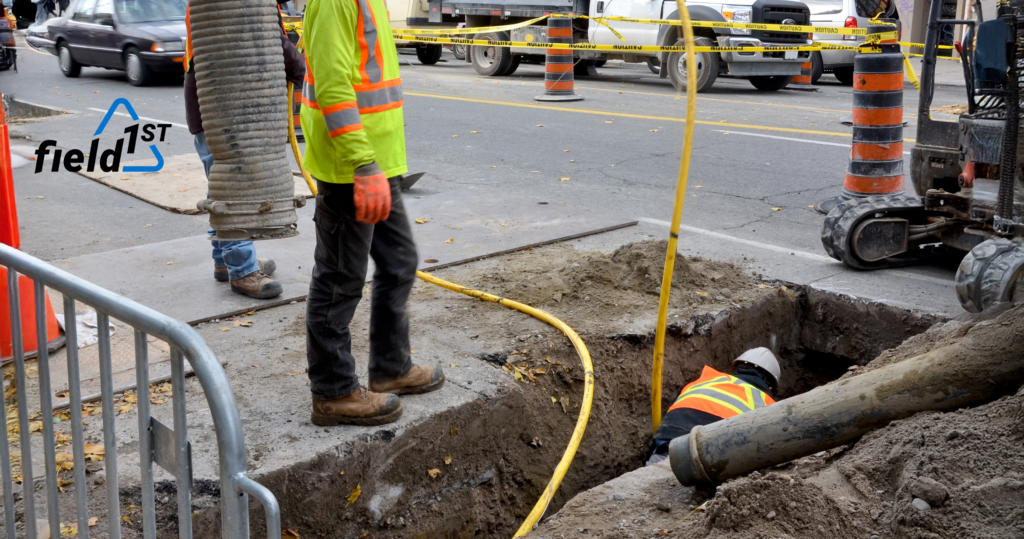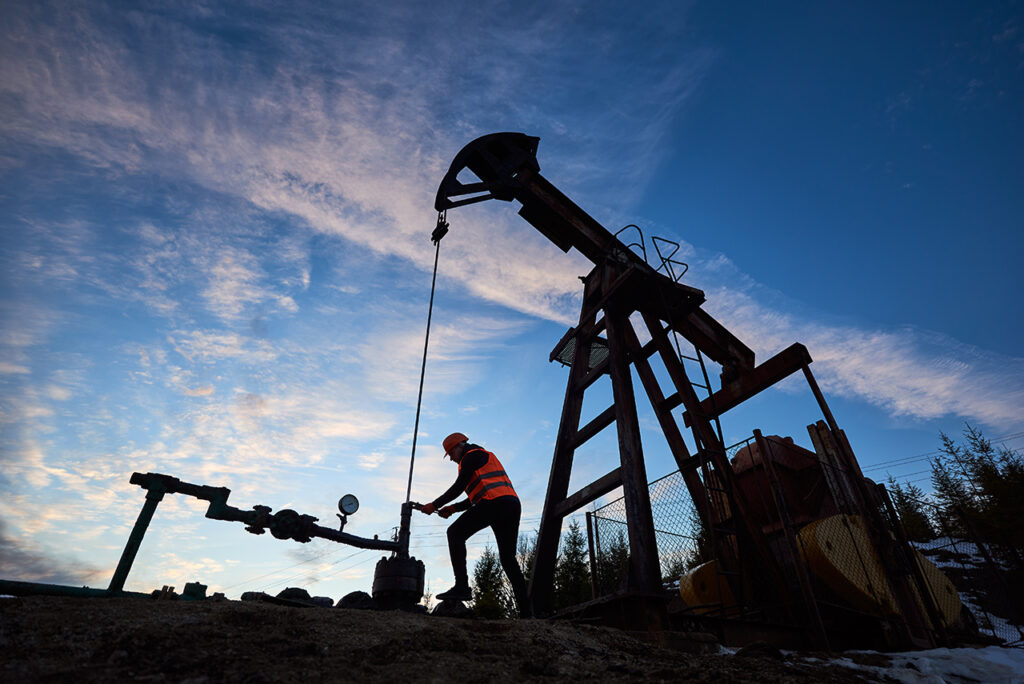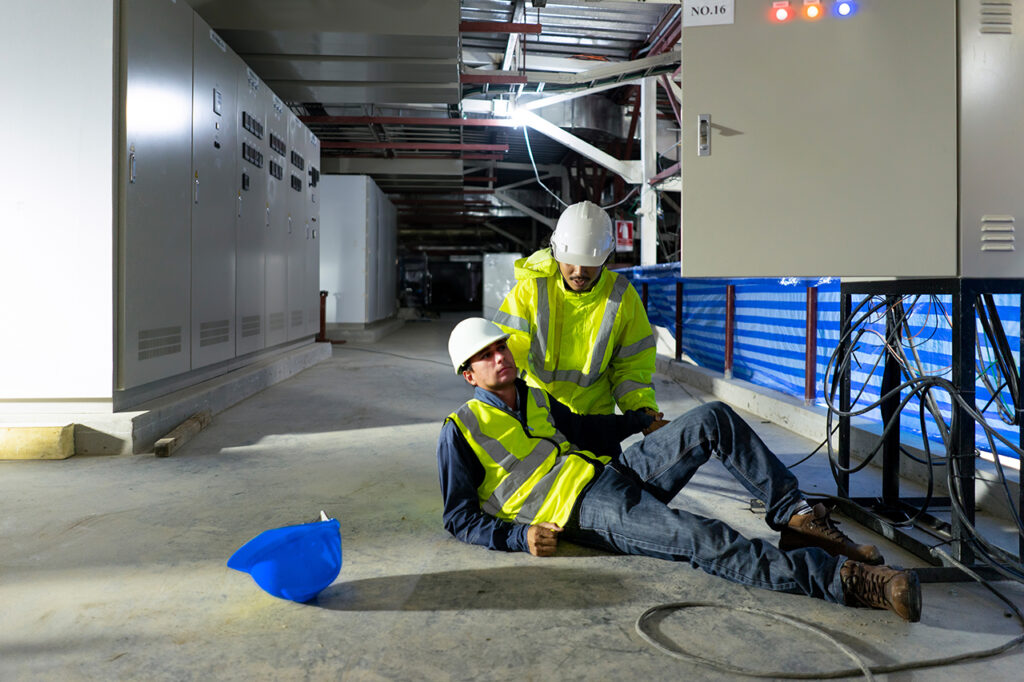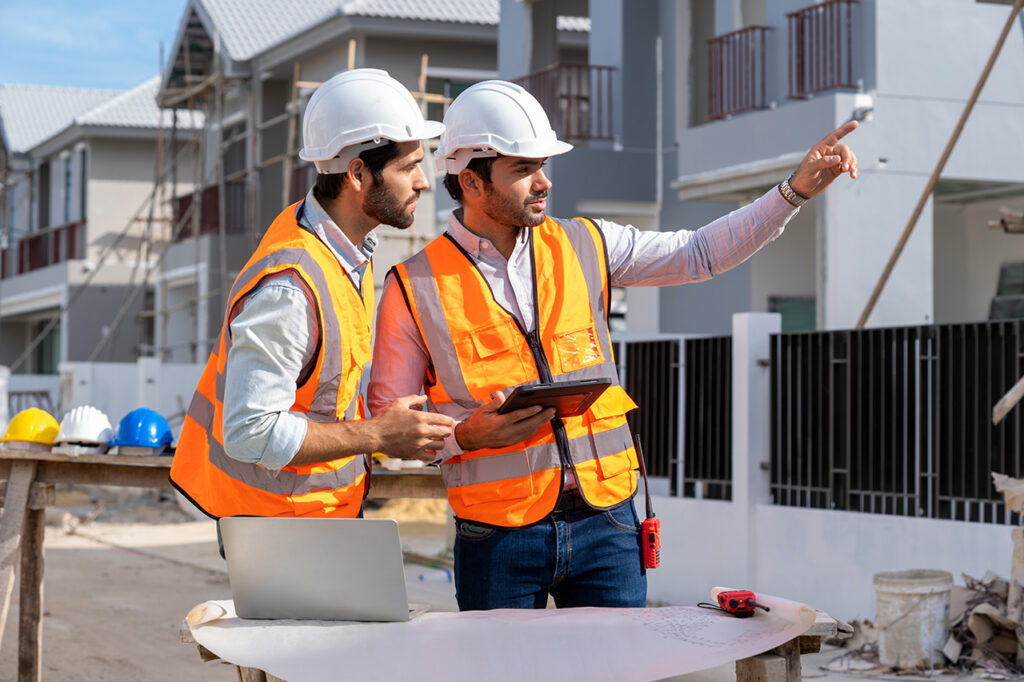Safety in gas utilities is always a top priority. Keeping workers and communities safe from gas leaks, explosions, and other hazards is critical. Yet, achieving top-level safety can be challenging with traditional methods.
Imagine you could predict problems before they happen. This is where artificial intelligence (AI) comes in. AI can help gas utilities forecast dangers, giving them time to prevent accidents. With the right AI tools, spotting risks and taking action becomes faster and more accurate.
In our discussion, we will explore how AI is transforming safety in the gas industry. From identifying potential threats to providing practical steps for implementation, AI offers a robust solution to enhance safety measures.
Why Gas Utilities Need Enhanced Safety Measures
Gas utilities face many safety challenges. Gas leaks can cause explosions and fires. These events can result in injury, property damage, and even death. Ensuring that gas pipelines and facilities are safe is crucial to prevent these incidents.
There are also environmental concerns. Gas leaks contribute to greenhouse gas emissions. Methane, a common gas in leaks, is especially harmful to the environment. Reducing leaks is not only about safety but also about protecting our planet.
Traditional safety measures have limitations. Manual inspections are time-consuming and might miss hidden problems. Employees must be trained well, but even the best training can’t catch every issue. Advanced technology, like AI, can help fill these gaps and make safety management more efficient and effective.
Role of AI in Predicting and Preventing Gas-Related Risks
Artificial intelligence plays a critical role in predicting and preventing gas-related risks. With AI, gas utilities can analyze vast amounts of data quickly. This helps identify potential problems before they become serious.
AI systems can monitor equipment in real-time. They can detect unusual patterns that might indicate a leak or failure. When such patterns are found, the system alerts workers to take action right away. This quick response can prevent accidents and save lives.
Moreover, AI can forecast risks based on historical data. By looking at past incidents, AI can find trends and predict future issues. This predictive ability allows gas utilities to perform preventive maintenance. Instead of waiting for something to break, they can fix it before it causes trouble. This way, they keep the gas supply safe and reliable.

Key AI-Driven Tools Transforming Gas Utility Safety
AI technology offers many tools to boost safety in gas utilities. Here are some key ones making a real difference:
- Predictive Maintenance Systems: These systems analyze data from gas pipelines and equipment. They predict when equipment might fail, allowing for timely repairs before issues arise.
- Leak Detection Sensors: These sensors continually monitor gas pipelines for leaks. When a leak is detected, the system alerts workers immediately.
- Drones with AI Capabilities: Equipped with AI, drones can inspect pipelines and facilities from the air. They can spot issues that are hard to see from the ground.
- AI-Powered Risk Assessment Tools: These tools evaluate the risk levels of different parts of the gas network. They help prioritize areas needing more frequent checks or upgrades.
These AI tools enhance safety by providing constant monitoring and timely warnings. This reduces the risk of accidents and helps maintain a safe working environment.
Practical Steps for Gas Utilities to Implement AI Safely
Adopting AI in gas utilities involves several key steps to ensure effectiveness and safety.
- Assess Current Systems: Start by evaluating your existing safety measures. Identify areas where AI can add the most value.
- Select Suitable AI Tools: Choose AI tools that best fit your needs. Look for systems that integrate smoothly with your current setup.
- Train Your Staff: Ensure your workforce is well-trained on these new tools. Training sessions can help them understand how to use AI effectively.
- Gradual Integration: Implement AI tools in stages. Begin with less critical areas to test the system’s effectiveness and work out any glitches.
- Regular Reviews and Updates: Continuously monitor the performance of AI tools. Adjust and update them as needed to keep up with new challenges.
By following these steps, gas utilities can smoothly and safely integrate AI into their operations.

Conclusion
AI is transforming the safety landscape for gas utilities. Traditional methods alone can’t meet the rising safety demands. Advanced AI tools provide real-time monitoring, accurate risk assessments, and timely alerts. These benefits help prevent accidents, protect the environment, and ensure a safe working atmosphere.
Moving forward, gas utilities should consider adopting AI to boost their safety protocols. Start with small but impactful changes. Train your staff well and choose the right tools that fit your specific needs. Keeping the systems updated and regularly reviewed will also ensure long-lasting safety improvements.
Ready to bring AI into your utilities safety measures? Field1st can guide you through the process. Visit our website to learn how our AI-driven solutions can help your gas utility stay safe and efficient.




